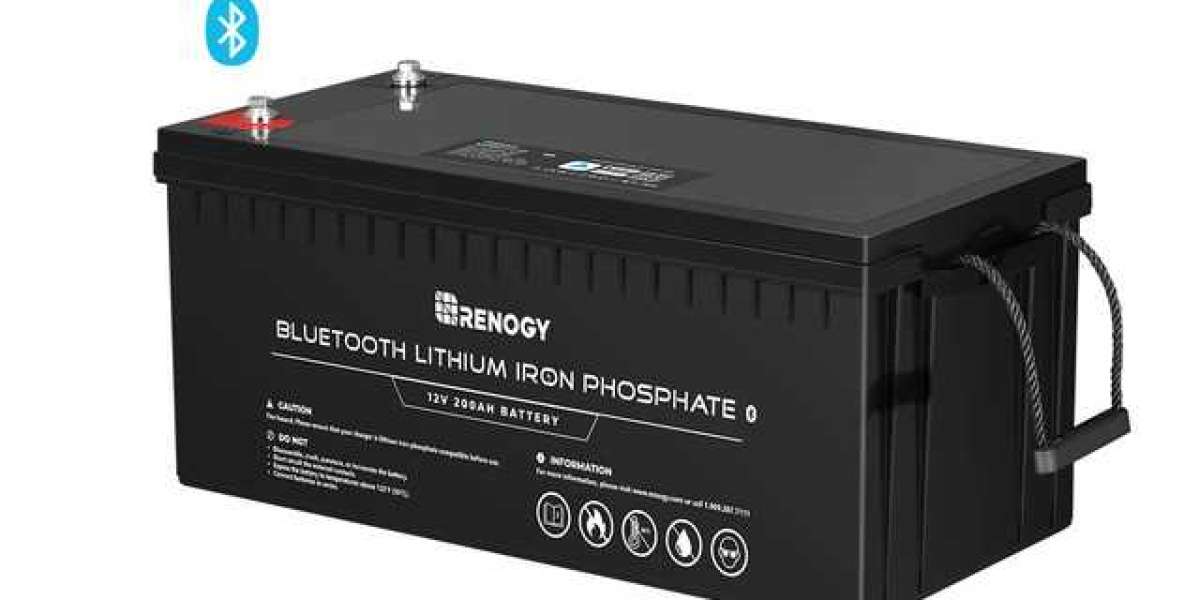The well-thought-out design of the AGM batteries prevents air and pollution from getting inside of the battery. The valves open when there’s high pressure inside of the battery, owing to which the risk of the battery getting bulged and bursting – and thus getting permanently damaged – disappears.
Glass fiber has been used in AGMs, owing to which the electrolyte is tightly sealed and secured. Due to this type of filling of the interelectrode space, we don’t have to worry about the electrolyte leaking from a mechanically damaged battery. Owing to such a solution, AGM can safely operate in any position, including a horizontal one. Glass fiber also has an influence on a significant increase in the number of cycles (even up to a four-time longer life in comparison with traditional batteries). Multiple charging and discharging of your battery are possible without influencing its performance parameters.
And thus, the AGM batteries are maintenance-free, fully sealed, and resistant to shock and impact, which is what also makes them do well when working in difficult conditions.
If you want to ensure the top performance of your vessel, then you certainly need the best marine lithium battery. If you are just starting your boating career, then you should know this unit is more significant than it seems. On the other hand, finding a high-quality deep-cycle battery requires experience and technical knowledge.
If you like innovative products, the Renogy deep cycle battery that stores solar energy might be worth your attention. This unique device falls into the category of AGM batteries so you can count on it when you need some backup power during your stay on the water.
Some of the typical features of AGM batteries include being resistant to vibrations and shocks and being spill and leak-proof. This also means you can easily install the battery on your vessel and not worry about leakages, maintenance, and top-ups.
Yet, the Renogy battery performs well in daily use with other appliances in your boat or your home. It features 100Amp-hours, which is pretty solid and ensures a good couple of hours of use. If you manage to avoid discharging under 50%, you will extend the lifespan of this already durable deep-cycle marine battery.
Gel and AGM batteries need to be charged with a constant voltage method. The charging should proceed in two phases – first, direct current charging, and then, charging with maintaining a constant voltage.
For this specific task, it’s worth choosing a charger that automatically recognizes the cell type. Owing to this, you will avoid the risk of your battery getting destroyed by inappropriate charging. This is why the Green Cell charger is selected so often – it’s a universal charger for AGM batteries, as well as for lead-acid batteries. Its wide compatibility makes the device perfect for charging batteries, e.g. UPS power supplies, alarm systems, and quads with various voltages (2V/6V/12V). Moreover, this equipment guarantees efficiently charging batteries up to 20Ah with a full protection package: against short circuits, and against getting overcharged. This product also detects when the clamps are connected incorrectly, owing to which you can react quickly and properly re-connect them.



